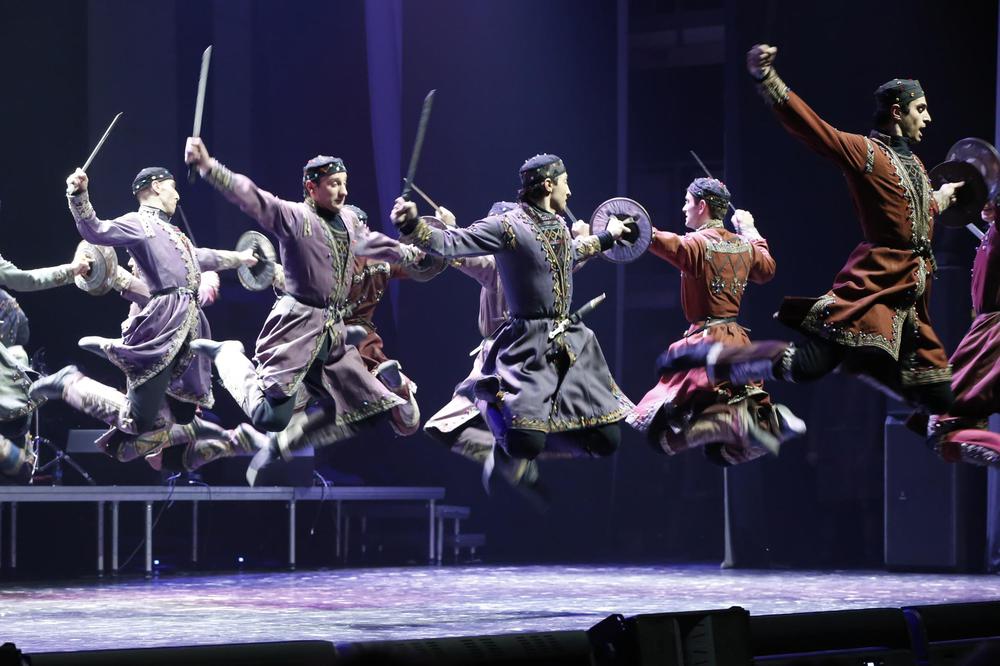Georgian polyphonic singing is a unique and culturally significant musical tradition, deeply rooted in the country's history and societal fabric. This art form, distinct in its structure and expression, has been recognized by UNESCO as a vital part of humanity's intangible cultural heritage. It reflects the rich tapestry of Georgia's past, thriving amidst historical challenges and evolving into a vibrant element of contemporary Georgian culture. This article delves into the intricacies of Georgian polyphonic singing, particularly focusing on its concerts and performances, offering a comprehensive exploration of this remarkable musical phenomenon.
The Essence of Georgian Polyphonic Singing
At the heart of Georgian culture lies the tradition of polyphonic singing, a secular tradition in which multiple vocal parts are sung concurrently, creating a harmonious yet complex sound. Georgian polyphony is characterized by three main types: complex polyphony, prevalent in Svaneti; polyphonic dialogue over a bass background, common in the Kakheti region; and contrasted polyphony with partially improvised sung parts, typical of western Georgia. Among the most notable songs in this genre is "Chakrulo," famous for its metaphorical lyrics and yodeling, often performed at ceremonies and festivals.
Historical Development and Regional Variations
Georgian polyphonic singing has a rich history, dating back to pre-Christian times. It developed independently of Western European musical rules, with a scale system based on the fifth rather than octaves, creating a unique sound. The geographical isolation of Georgia's regions led to the development of distinct styles of polyphony. For instance, the songs from Kakheti are known for their richness and depth, influenced by the region's wine culture, while in the south, solo lyrical songs are more common.
Concerts and Performances: Preserving and Evolving Tradition
Concerts of Georgian polyphonic singing are not just musical events but cultural experiences that showcase the nation's heritage. Ensembles like the State Academic Ensemble of Folk Song and Dance named after Rustavi and the Anchiskhati Choir have played significant roles in preserving and promoting this music. They have recorded numerous folk songs and performed at concerts and festivals worldwide, thereby keeping the tradition alive and vibrant.
Contemporary Influence and Integration
In recent years, Georgian polyphonic singing has seen a resurgence, integrating into modern music and pop culture. Groups like Trio Mandili have gained international fame through social media and YouTube, bringing Georgian folk melodies to a global audience. Their unique approach combines traditional polyphonic singing with modern elements, making it accessible and appealing to contemporary listeners.
Georgian Polyphony in International Arenas
The international recognition of Georgian polyphonic singing is evident in events like Europalia Georgia, where polyphonic choirs are featured prominently. This includes performances by renowned ensembles like the Basiani Ensemble, Gori Women’s Choir, and Georgian State Chamber Choir. These events highlight the diversity of Georgian polyphony and its relevance in the global cultural context.
Conclusion
Georgian polyphonic singing concerts represent a dynamic and evolving tradition, deeply embedded in the nation's cultural identity. They not only preserve an ancient art form but also introduce it to new audiences, blending tradition with innovation. As a testament to Georgia's resilience and creativity, these concerts continue to captivate and inspire, making Georgian polyphony a cherished global heritage.

 Rustaveli Theater Performances
Rustaveli Theater Performances
 Georgian Puppet Theaters
Georgian Puppet Theaters
 Georgian Folk Dance Shows
Georgian Folk Dance Shows




